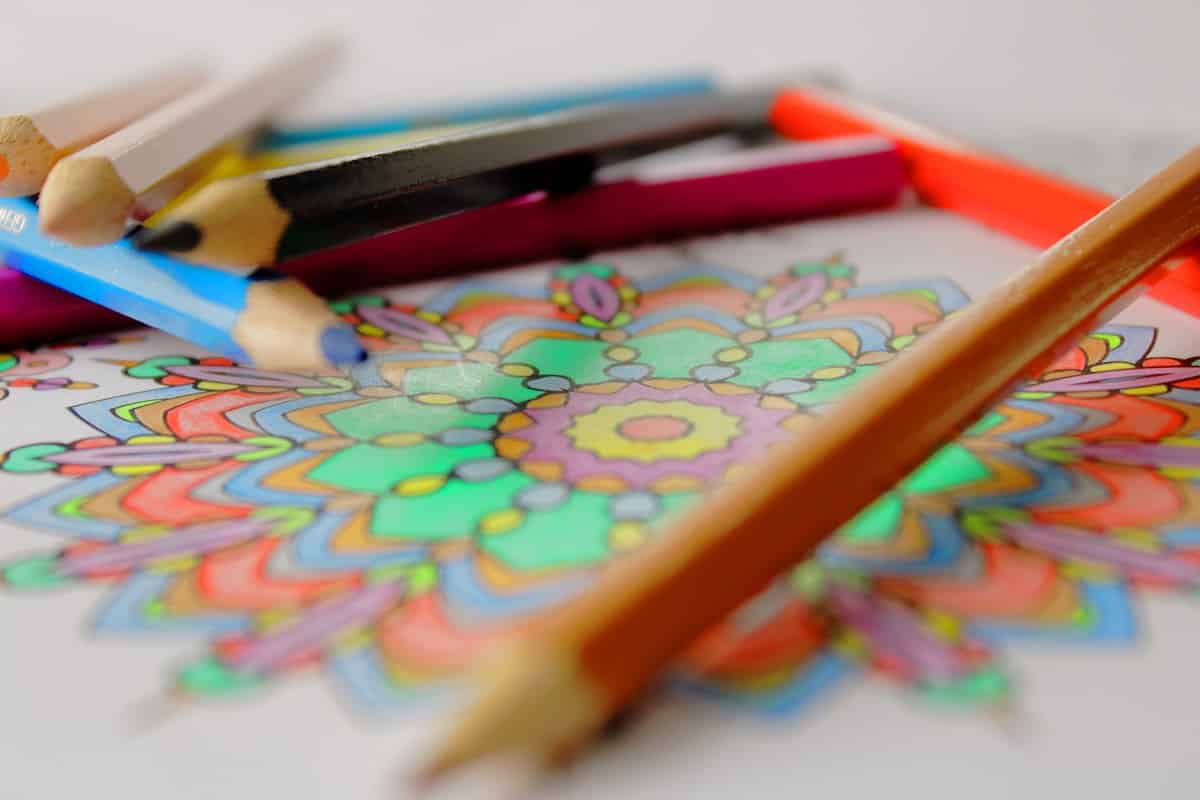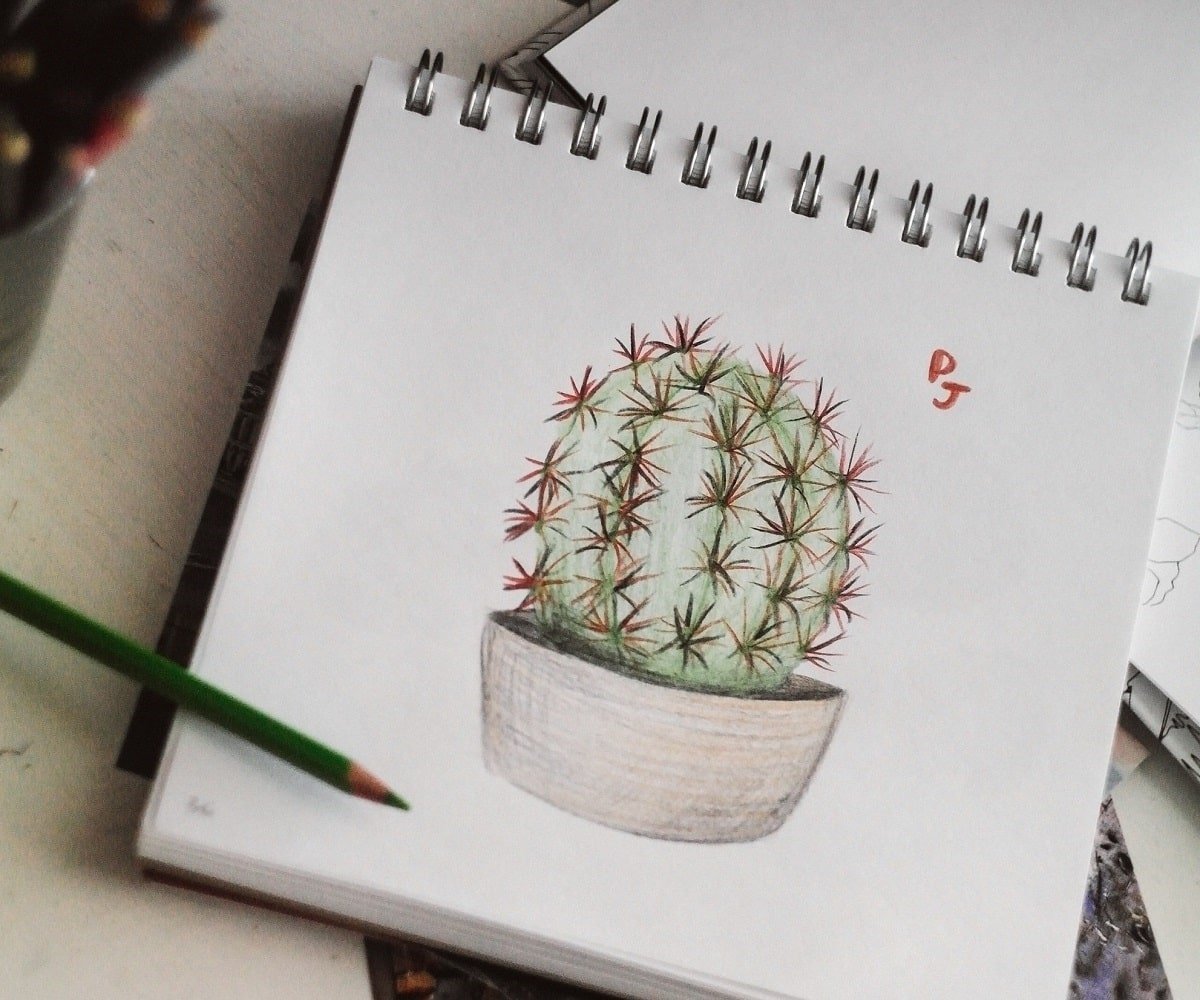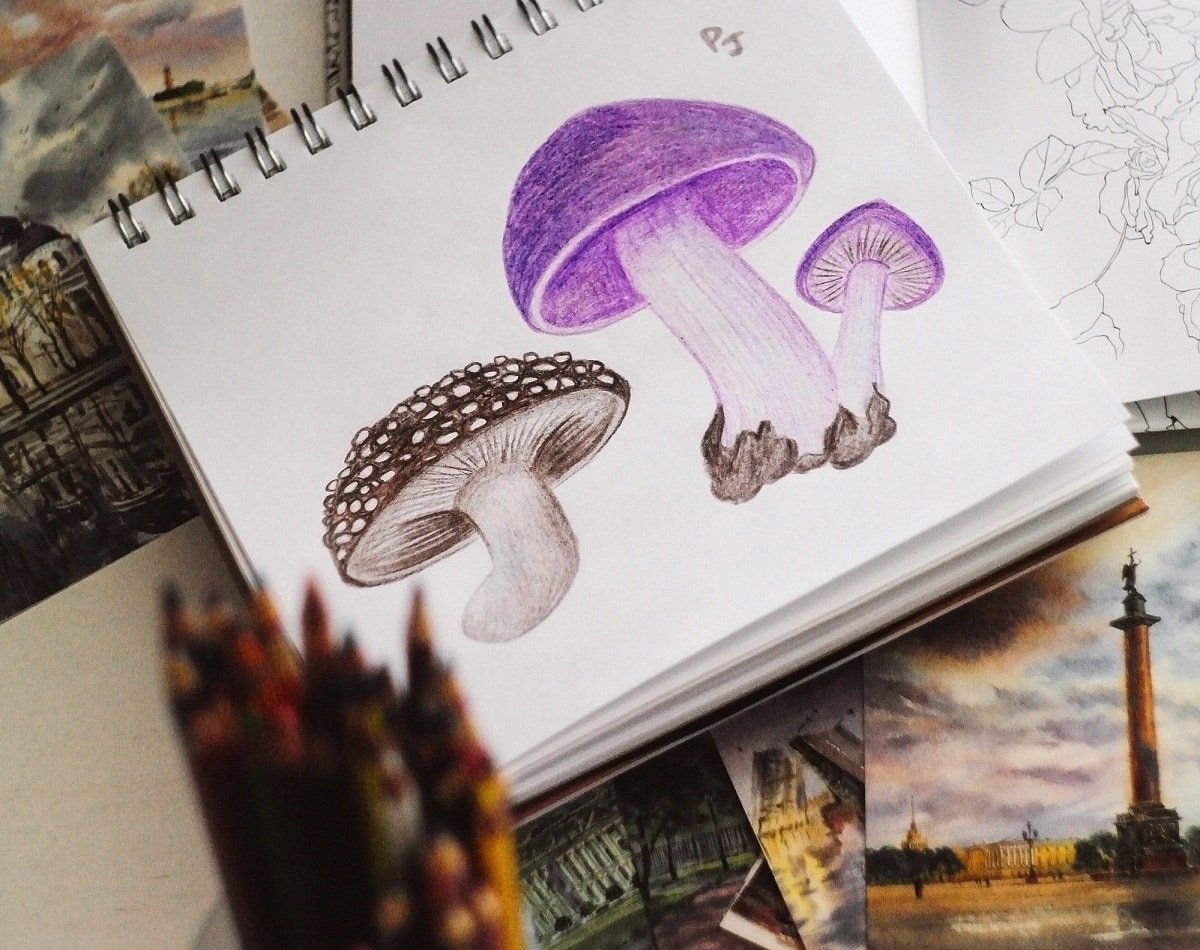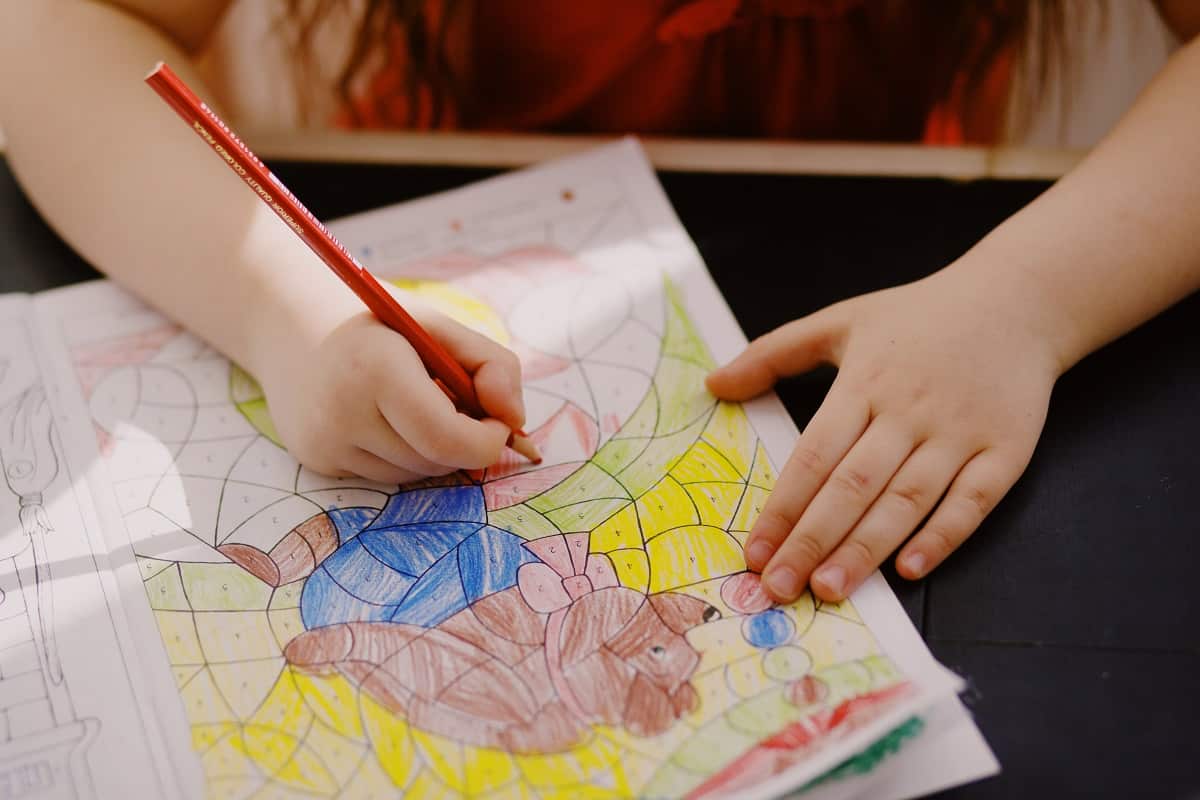Shading is one of the most important aspects of creating high-quality artwork and helps create an effect of three-dimensionality in your drawings.
Using the right combination of colors and shades, you can add a life-like quality to your art and make it look highly attractive. But mastering this technique requires proper knowledge of the medium and a significant investment of effort and time. That’s why many people find shading challenging, especially when it comes to using colored pencils for shading with color. It is important to know how to blend colored pencils, because that will lead to excellent and vibrant shades.
Colored pencils are an excellent medium for learning shading and are a popular choice of many professional artists. That’s why we’ve curated this guide that covers various techniques, tips, and tricks to help you. And we’ve even included some FAQs to make the process easier.
For beginners who are on the verge to become a professional, you can try out the brand Prismacolor. They are a leading manufacturer of colored pencils with top notch quality, the reason for which we’ve covered how to use Prismacolor color pencils in an exclusive article.
So, let’s get started with how to shade with colored pencils!
The Difference Between A Regular Pencil And A Colored Pencil
It is a good idea to learn about the medium (whether watercolor pencils, colored pencils, or others) before trying out various techniques. And when it comes to colored pencils, most people wrongly assume that they are similar to regular pencils. These pencils do not contain the standard graphite present in ordinary pencils but have a wax or oil-based center and utilize pigments and binders to produce color.
The quality of a colored pencil ultimately depends upon the combination and proportion of these binders and pigments. For the best experience, you should always go with pencils with a soft wax core. These are available in a wide selection of colors and can easily be purchased from local art supply stores.
The reason why wax-based colored pencils are better than oil-based ones is that they are easier to work with, and the pigments apply well to the paper. Plus, they are more budget-friendly. However, avoid using pencils with fewer pigments and more binders create patchy strokes instead of a smooth color.
How To Shade With Colored Pencils

Some Basic Tips
Here are a few basic tips that you should keep in mind when using colored pencils to ensure you get the best results and have an enjoyable experience.
1. Sharpening The Pencils Before Use
The first thing to do before you get down to work is to sharpen the colored pencils to facilitate a smoother and faster flow across the paper. Dull pencil points prevent the pencil from applying the pigments properly to the paper and make it difficult to work on small details. In contrast, sharp pencils produce bolder colors by precisely laying down the pigments, which can get into the tiny grooves on the paper.
To sharpen your colored pencils, you can use a regular sharpener or an electric one, but avoid using dull sharpeners. These can damage the pencil, strip away the wood casing, or even break the core.
Both standard and electric sharpeners offer different advantages, with the former helping save pigmen, and the latter providing a more consistent point.
2. Selecting The Right Paper
Whether you are using colored pencils, markers, or some other medium, using the right paper is a must to achieve the best results. Go for high-quality paper instead of regular copy paper since the latter has fibers that flatten when you make pencil strokes on the surface. Good-quality paper is thick and can absorb the pigments more readily, making the coloring process easier and faster.
Additionally, while using colored pencils, you may need to use materials like solvents for blending, rubbing alcohol, and paper towels. Using thicker paper will make it easier to use such substances without worrying about damage from stress and moisture.
Tips For Shading With Colored Pencils
Now that you’re aware of the fundamentals, let’s look at some tips for shading using colored pencils.
1. Creating Dark And Light Shades By Varying The Pressure
As with other mediums, the amount of color that appears on the paper will determine the darker and lighter parts of the piece you are working on. And this depends upon how much pressure you apply while using the pencil, with a lighter pressure resulting in a lighter color and greater pressure resulting in a darker one.
To create different shades, use a sharp pencil that can make fine lines and provide more vibrant colors. Use slow, controlled movements during the drawing process instead of rushing through it. And avoid pressing too hard with the pencil since it can lead to messy lines but vary the amount of pressure with different colored pencils to create variation.
2. Use Slow Movements
Try holding the pencil at an angle, and again, use slow movements with greater control to make various directional marks. Hold the pencil on its side to shade a larger area with lighter shades, which will help create textures and speed up the process.
This technique is also useful for layering, and you can hold the pencil farther back to reduce the pressure and ensure that the shading is light. For the darker shades, you will need to reverse this technique.
Use the pencil tip to make fine, precise lines and apply greater pressure to get darker colors. But since these marks will be much harder to erase, be careful when making them.
3. Layering
Using the pencil tip with greater pressure is ideal for creating outlines and filling in details. Once both the lighter and darker areas are filled in, it is time for layering. This technique helps mix the colors properly and it can even be used for blending any one color.
First, apply a light shade of color using soft pressure, then add more layers until you reach the desired shade.
Remember that you will need to apply greater pressure and use multiple layers for emphasizing the colors. But avoid using excessive pressure, as it can make the shading appear uneven and make it difficult to add other colors to the area.
4. Blotting With An Eraser
Once done, blot the color using an eraser to lighten the marks but avoid rubbing the surface as that can smear the colors. You can also look for colored pencils that can be erased easily for this purpose.

Utilizing Various Shading Techniques
1. Coloring With Back And Forth Or Side To Side Strokes
The most common and natural way of coloring is using back and forth strokes without lifting the colored pencil from the paper. It allows you to quickly fill color in the drawing and is best for filling in large areas. Despite being the most basic of colored pencil techniques, it requires some time to master and can help provide greater finger and arm control.
While making side-to-side strokes, try to keep the lines smooth and straight and vary the pressure gradually as you move across the paper. Beginners often use their wrists instead of their fingers to control the movement, which results in curved lines instead of flat ones, so try to avoid that.
2. Using Circular Marks To Create Texture
This colored pencil shading technique uses circular motions instead of continuous back and forth lines. Also called scumbling or brillo-pad technique, it involves shading with clean lines and can be used for a single color.
Start making small, light circles one on top of another without lifting the pencil from the paper. A greater number of circular strokes will result in more vibrant color. Keep in mind that the final result will depend on the pressure applied and the size of the circle.
Lighter and smaller circles will help provide a smoother look, while darker and larger circles will create a rougher appearance. To get a more organic look, you can shift from a circular motion to that of the figure-eight, which will help create darker, more raw patches.
This technique is most suitable for coloring a large object with the same color throughout.
3. Tip Shading And Side Shading
Tip shading is another alternative to side-to-side shading but requires only using the tip of the colored pencil. It requires more control than side-to-side shading and helps create a richer, smoother appearance. This is because the pencil sheds more pigment on the paper leading to denser colors. The fine grains of the pencil fit into the grooves of the paper, providing a wider tone range.
On the other hand, side shading is more suitable for creating a coarser and softer look with a smooth gradient.
4. Bringing Uniformity Using Hatch Marks
The hatching technique involves making small parallel lines close to each other that go in the same direction. It is a simple technique that requires keeping the lines close together, spaced evenly and uniform in thickness and length.
The closer the marks are, the brighter the colors will appear, so you can vary the distance between the marks as required. This technique can help create texture, add volume, and give direction to your artwork.
You can draw hatching lines around an object to provide it with volume as well as create a graded effect by varying the pressure slightly. Just remember to keep your hand movement short and swift, and as with other techniques, use sharp colored pencils.
5. Using The Stippling Technique
The stippling art technique involves using colored pencils to create dots on the paper and is generally used to create texture. You can vary the distance between the dots, which will determine the vibrancy of the picture. Experiment with different dot sizes and take the time to ensure the proper placement of the dots.
Moreover, you can try holding the pencil at a slight angle to the paper while using this technique. And since it is easy to get caught up in details and small areas, step back once in a while to get a better perspective of the complete image.
6. Creating A Smooth Appearance Using The Burnishing Technique
Burnishing is a popular technique generally used for creating smoothness and is usually employed after other techniques such as pressure shading.
One of the ways to use this technique is to use colorless blenders for mixing two different colors, which is why it is often called colorless blending. A colorless blender is a regular colored pencil with no pigment and is often included in colored pencil sets designed for pro and semi-pro artists.
The burnishing technique involves covering all the white spaces on the paper and filling all its grooves and crevices to create a smooth surface. But you should take care while selecting the colors as this method does not allow adding more pigment to the paper after burnishing. Also, while using this technique, work from light to dark, which makes it easier to correct mistakes.
Burnishing can take a significant amount of time since you will need to add multiple layers until the artwork acquires a glazed, smooth texture. For best results, use colorless blenders that come from the same brand as the colored pencils used.
7. Multi-Directional Shading
While shading in one direction helps you color faster, it can often lead to an uneven distribution of pigment and streaky lines. And when different strokes meet together, they will appear broken and reduce the quality of the artwork.
To avoid this, try shading in multiple directions using various strokes. The most common way of doing this is to use circular strokes, especially while laying down the base color.
You can combine this technique with others like cross-hatching and shading in the opposite direction of your initial strokes for more effective blending.
8. Pressure Shading
One of the easiest and most effective ways of adding depth and volume to your work involves merely altering the pressure applied. Changing the amount of pressure makes it easy to create varying shades, with light pressure creating lighter shades and heavier pressure leading to darker ones. This allows you to get a wide range of shades using a single color.
Start by using less pressure while applying the color to the lighter parts of the drawing and gradually increase it as you move towards the darker regions. Then you can add more pigment to the darker regions by applying more pressure. This technique can also be implemented in layers, with the first layer being filled up with a lighter shade than the second layer.
Also, consider the light source when using this shading technique, as the areas that are meant to be in light will be brighter than the others. This will help create the effect of light and shadow and make the image more realistic.
To master this technique, practice switching from light to dark gradient and keep in mind that the amount of pressure will depend on the sharpness of the pencil.
9. Directional Mark Making
The directional mark-making technique aims to represent different elements very subtly. Instead of using straight lines as in hatching techniques, this requires creating lines that follow the contours of the various elements in the image.
Since the nature of these lines is not fixed, you can make them as required, varying their density and number. Fewer lines can be used for coloring fluid surfaces, while denser ones can be used for solid objects.
But the most important thing is to make these marks subtly without drawing attention, which makes it more effective in creating different types of textures.

How To Shade With Colored Pencils Frequently Asked Questions ?
What Are Some Common Mistakes When Shading Using Colored Pencils?
Some common mistakes that people make when shading using colored pencils include:
-
- Using too few layers
- Using too much pressure while starting
- Not using sharp pencils
- Not using the right paper
Do Colored Pencils Go Bad?
There is no expiration date on colored pencils, but you may need to buy a new set if the pencils are exposed to too much heat or sunlight. This can cause them to fade. Alternatively, they may have fallen or stepped on, breaking the core inside.
How Do You Make Skin Tones Using Colored Pencils?
Use a combination of red, white, yellow, and brown to create different shades of skin. Likewise, use blue to create shadows and more whites and yellows to create lighter skin tones. And darker tones will need more reds and browns.

How To Shade With Colored Pencils Final Words
Irrespective of the medium you use, creating high-quality artwork will require considerable time and effort. When using colored pencils, you also need to keep in mind other factors such as the condition of the pencils and the type of paper.
Practicing the techniques mentioned above can help you master this medium and create stunning pieces of art. And while you may not get perfect results from the get-go, taking the time to enjoy the learning process will ultimately lead to you becoming a better artist.
With that said, it is time to conclude this guide. Have fun trying out the various techniques.
Until next time!


